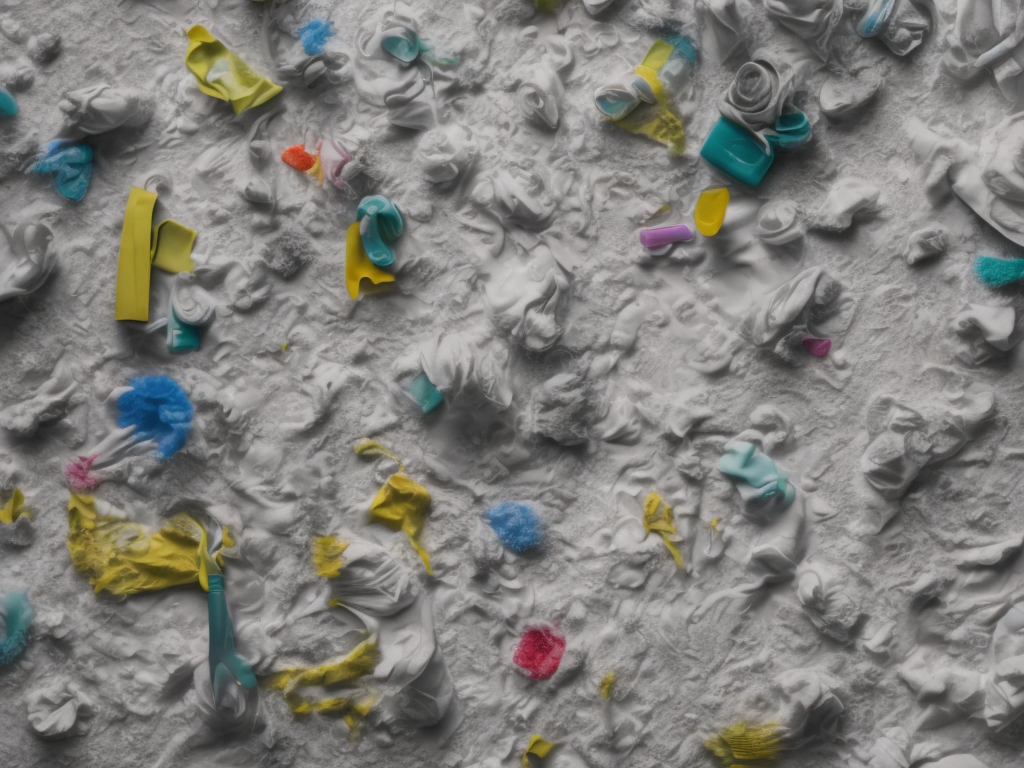
What Is The Difference Between Cleaning And Sanitizing
Cleaning and sanitizing are two terms often used interchangeably, but they have distinct meanings and purposes. While both are essential for maintaining a clean and healthy environment, understanding the difference between them can help ensure proper hygiene practices are being followed.
Cleaning refers to the act of removing dirt, dust, debris, and other visible substances from a surface. It is the first step in any cleaning routine and is usually done using soap, water, and physical scrubbing. The primary goal of cleaning is to maintain cleanliness and appearance. It involves sweeping, mopping, vacuuming, wiping, and any other method used to remove visible dirt.
The importance of cleaning cannot be overstated. It eliminates germs, bacteria, and allergens that accumulate on surfaces and can cause illness or trigger allergies. A clean and tidy environment also has psychological benefits, promoting a sense of well-being and productivity.
However, cleaning alone does not guarantee the removal of harmful microorganisms. This is where sanitizing comes into play. Unlike cleaning, sanitizing involves reducing the number of microorganisms on a surface to safe levels. It is a step beyond cleaning and focuses on killing or inhibiting the growth of bacteria, viruses, fungi, and other pathogens that may not be visible to the naked eye.
Sanitizing is particularly important in environments where hygiene is critical, such as hospitals, food preparation areas, childcare centers, and public restrooms. It helps prevent the spread of diseases and keeps the general public safe. Proper sanitization helps control the transmission of harmful pathogens and reduces the risk of infection.
There are several methods of sanitizing, including chemical sanitizers, heat sanitization, and radiation sanitization. Chemical sanitizers, such as chlorine or quaternary ammonium compounds, are commonly used in food service establishments. Heat sanitization involves using high temperatures to kill germs, while radiation sanitization utilizes ultraviolet light or ionizing radiation to destroy microorganisms.
Sanitizing can be accomplished using various techniques, such as sprays, wipes, or immersion in a sanitizing solution. It is important to follow the instructions provided by manufacturers to ensure the appropriate concentration and contact time required for effective sanitization.
It is crucial to note that cleaning and sanitizing are not one-time activities. They should be performed regularly and in a consistent manner to maintain a hygienic environment. Cleaning should be done before sanitizing to ensure the surface is free of dirt and debris, allowing the sanitizer to work effectively.
In addition, different surfaces require different cleaning and sanitizing methods. Porous surfaces, such as carpets or fabrics, may require specialized cleaning solutions or equipment. On the other hand, hard surfaces like countertops or floors can be cleaned using general-purpose cleaning agents before being sanitized.
It is important to understand that cleaning and sanitizing are complementary activities, each serving a specific purpose in maintaining cleanliness and hygiene. While cleaning removes dirt, sanitizing ensures that harmful microorganisms are eliminated. Both processes are essential for promoting a safe and healthy environment.
Failing to differentiate between cleaning and sanitizing can have serious consequences. Insufficient cleaning can leave behind hidden bacteria and viruses, increasing the risk of infections or diseases. Similarly, ineffective sanitizing can lead to the survival and spread of harmful pathogens, compromising the safety of individuals.
In the wake of the COVID-19 pandemic, the importance of cleaning and sanitizing practices has become even more evident. Regular cleaning and sanitizing of high-touch surfaces, such as doorknobs, light switches, and countertops, can help reduce the transmission of the virus. It is crucial to follow the guidelines provided by health authorities to ensure proper cleaning and sanitizing techniques are being implemented.
In conclusion, cleaning and sanitizing are two distinct processes that work together to maintain a clean and healthy environment. Cleaning involves the removal of visible dirt and debris, while sanitizing focuses on reducing the number of harmful microorganisms to safe levels. Both activities are essential for promoting hygiene and preventing the spread of diseases. By understanding the difference between cleaning and sanitizing, individuals can implement proper hygiene practices and contribute to a safer and healthier world.
 Self-Instruct
Self-Instruct